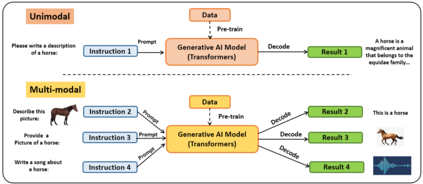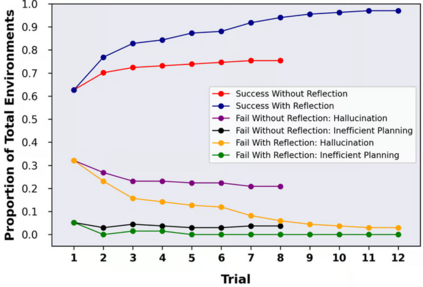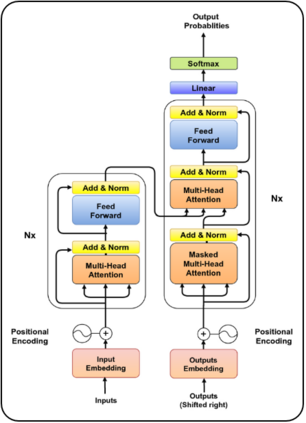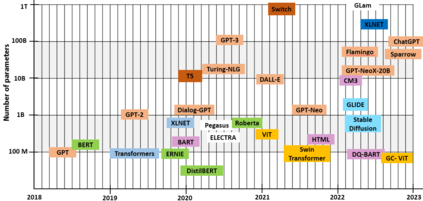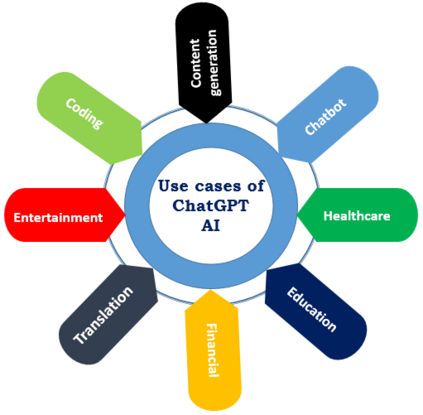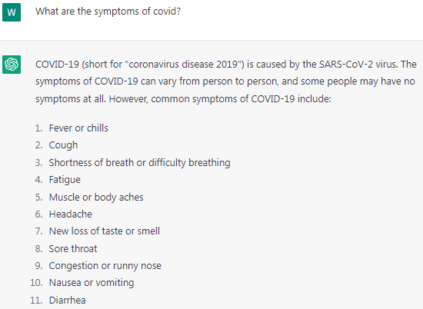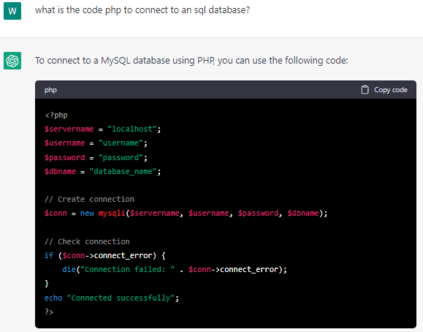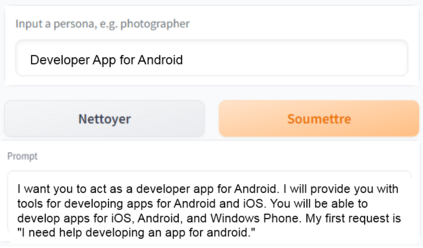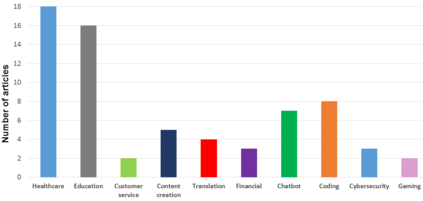Large language models have revolutionized the field of artificial intelligence and have been used in various applications. Among these models, ChatGPT (Chat Generative Pre-trained Transformer) has been developed by OpenAI, it stands out as a powerful tool that has been widely adopted. ChatGPT has been successfully applied in numerous areas, including chatbots, content generation, language translation, personalized recommendations, and even medical diagnosis and treatment. Its success in these applications can be attributed to its ability to generate human-like responses, understand natural language, and adapt to different contexts. Its versatility and accuracy make it a powerful tool for natural language processing (NLP). However, there are also limitations to ChatGPT, such as its tendency to produce biased responses and its potential to perpetuate harmful language patterns. This article provides a comprehensive overview of ChatGPT, its applications, advantages, and limitations. Additionally, the paper emphasizes the importance of ethical considerations when using this robust tool in real-world scenarios. Finally, This paper contributes to ongoing discussions surrounding artificial intelligence and its impact on vision and NLP domains by providing insights into prompt engineering techniques.
翻译:大语言模型已经彻底改变了人工智能领域,并被应用于各种领域。其中,OpenAI开发的ChatGPT(聊天生成预训练变压器)作为一种强大的工具,已被广泛采用。ChatGPT已成功应用于许多领域,包括聊天机器人、内容生成、语言翻译、个性化推荐,甚至医学诊断和治疗。它在这些应用中的成功可以归因于它生成类似于人类回复的能力,理解自然语言并适应不同的语境。它的多功能性和准确性使它成为自然语言处理(NLP)的一个强有力的工具。然而,ChatGPT也存在局限性,例如产生偏见回复的倾向以及延续有害语言模式的潜力。本文提供了对ChatGPT、它的应用、优势和限制的全面概述。此外,本文强调在实际情况下使用此强大工具时道德考虑的重要性。最后,本文通过提供输入工程技术的见解,为关于人工智能及其对视觉和NLP领域影响的持续讨论做出了贡献。


